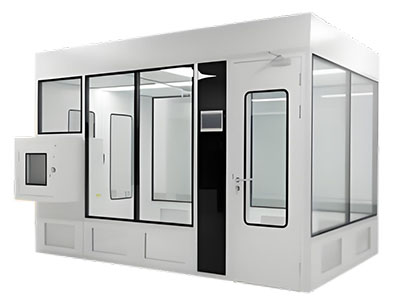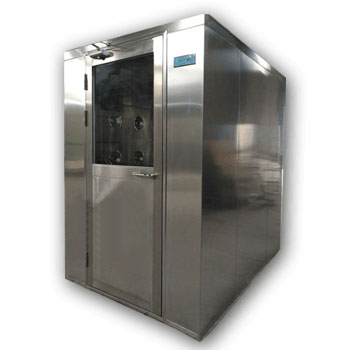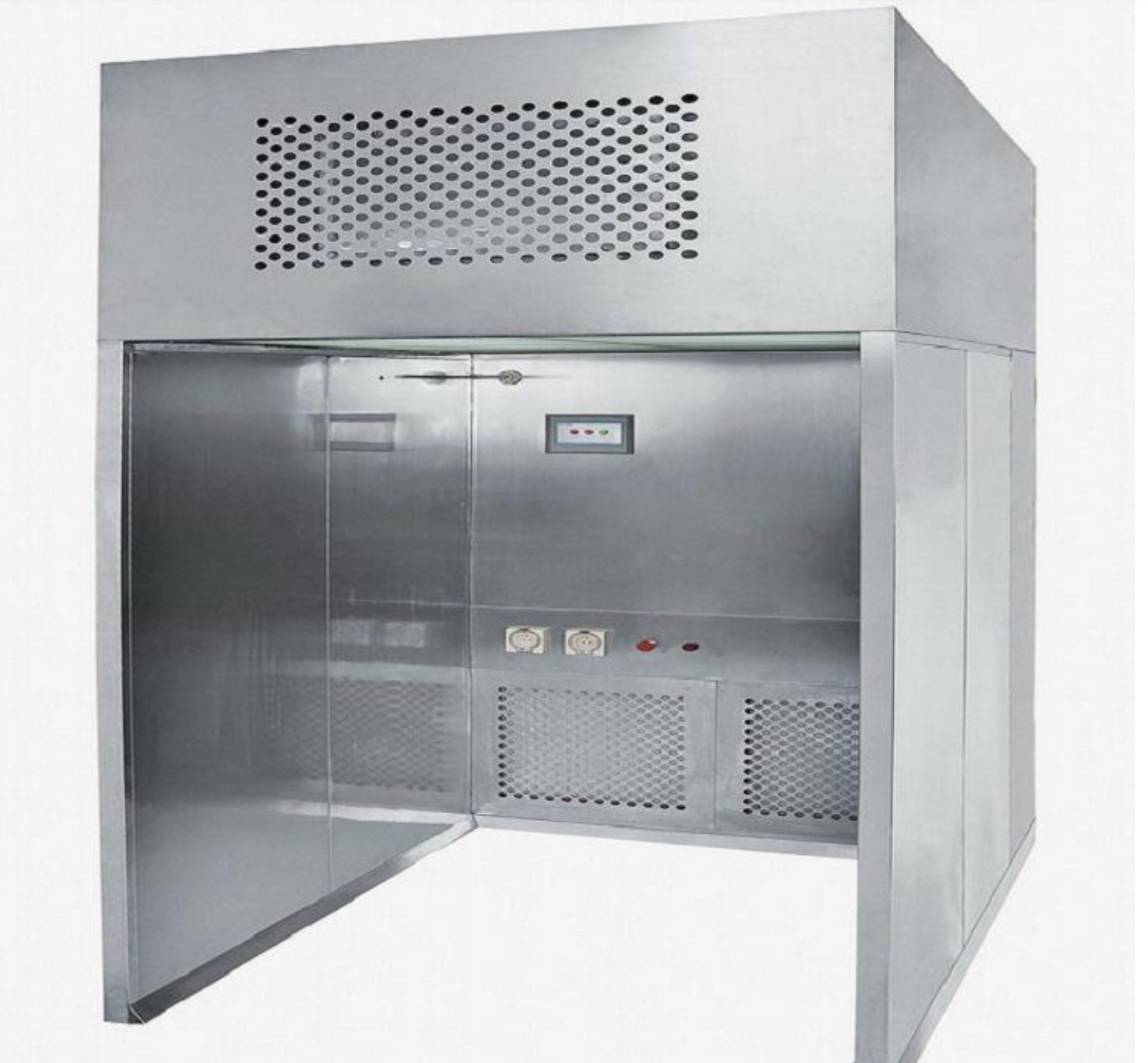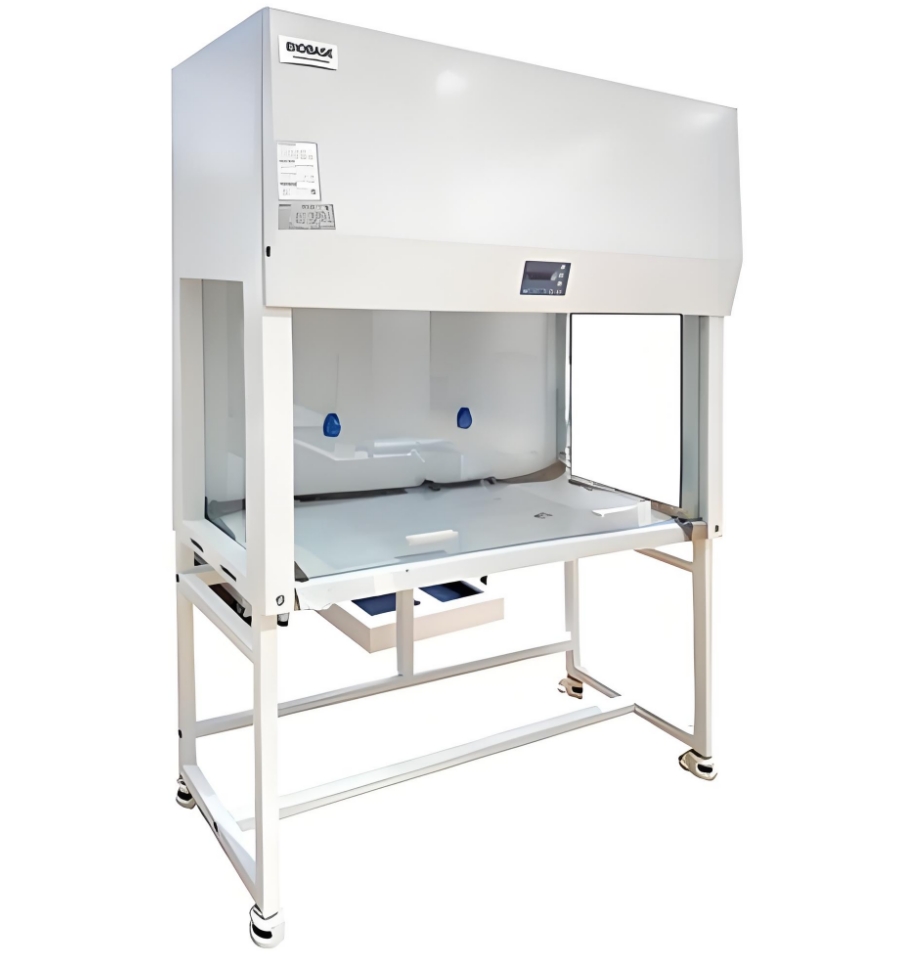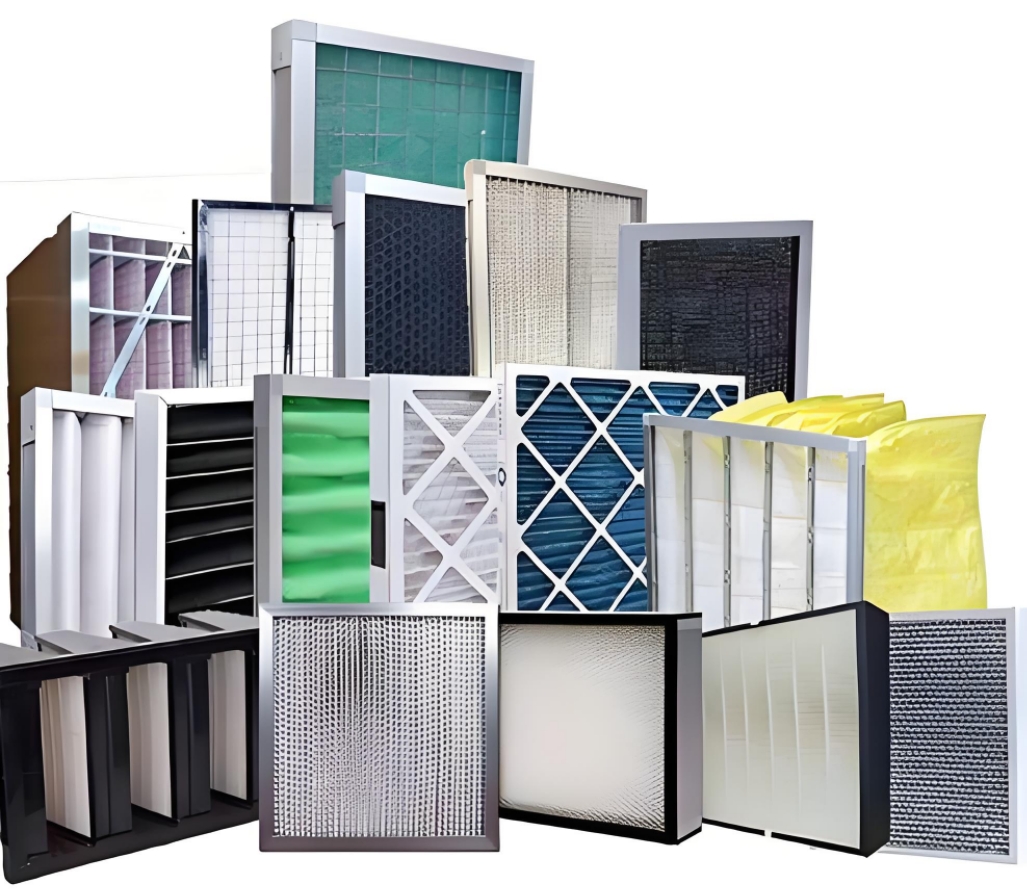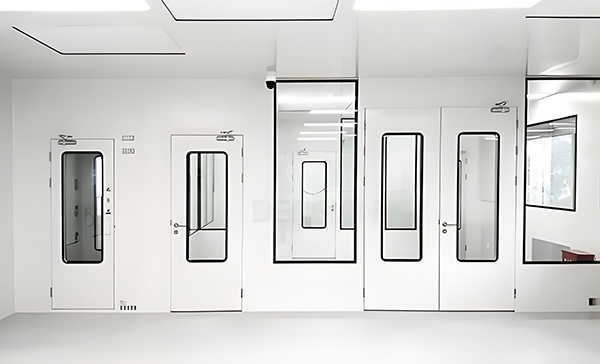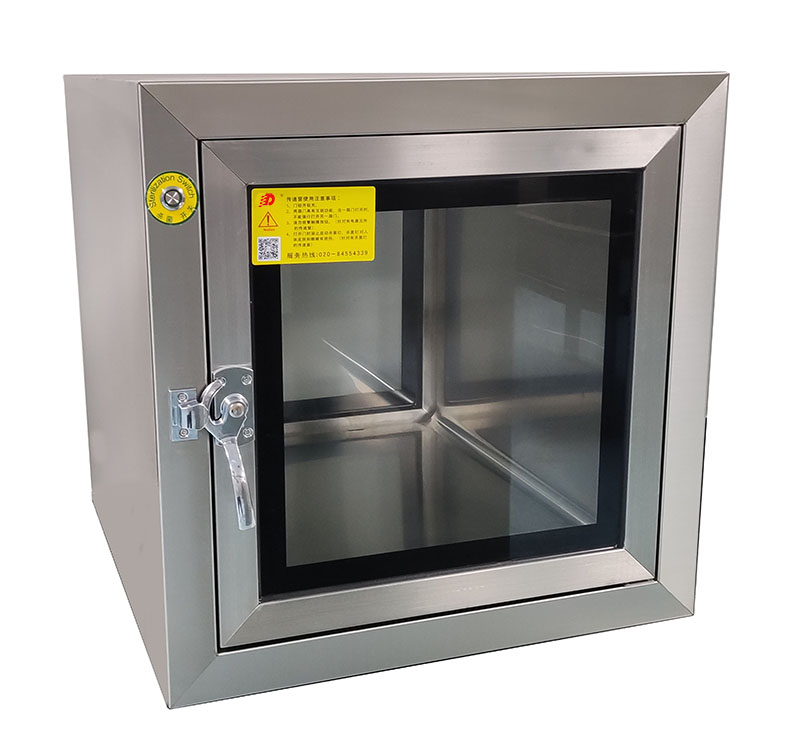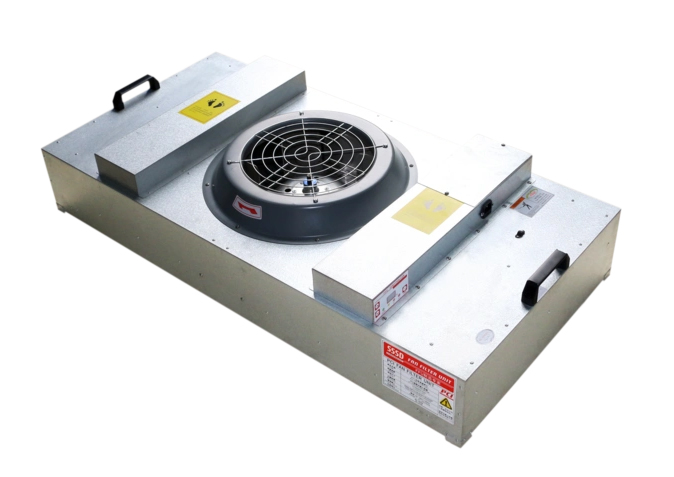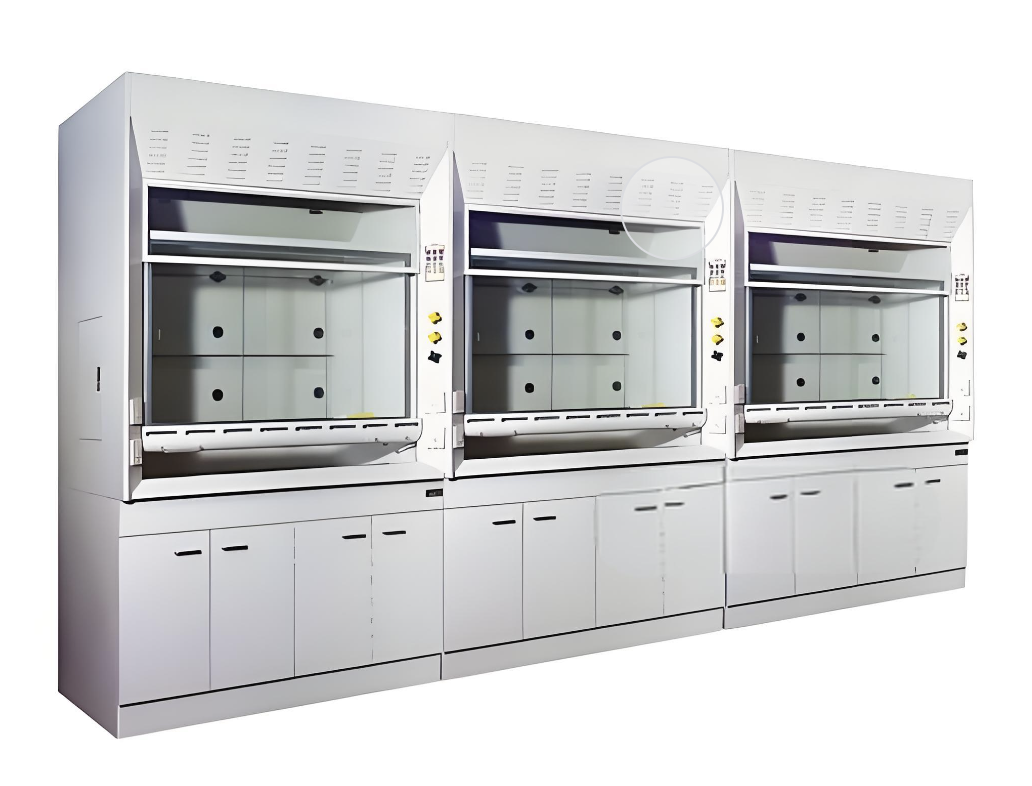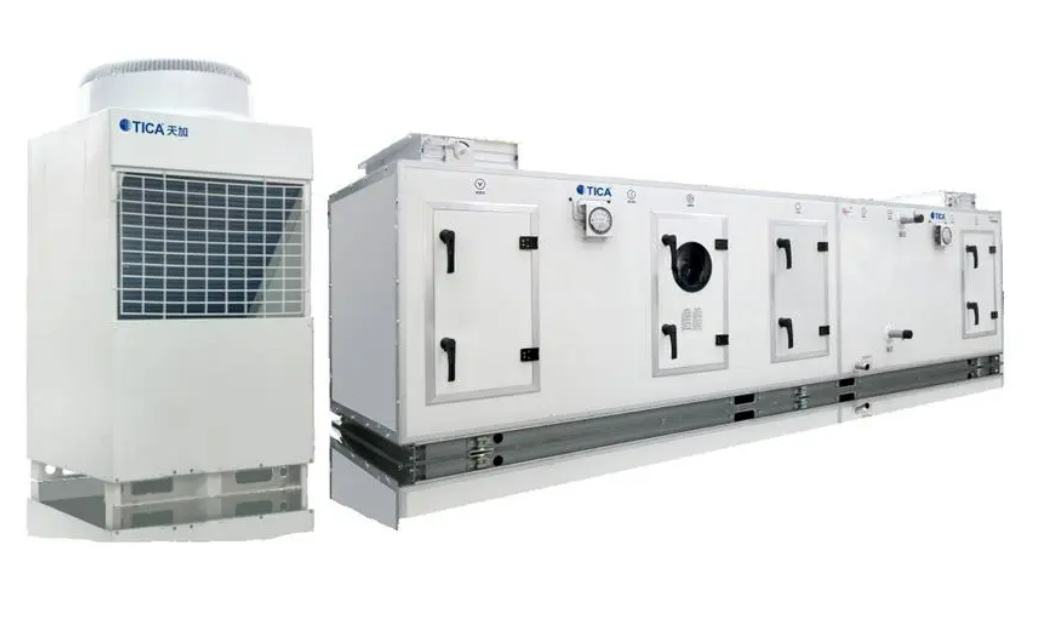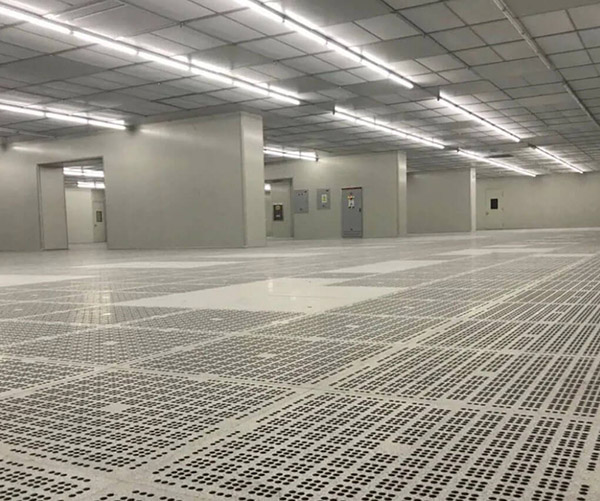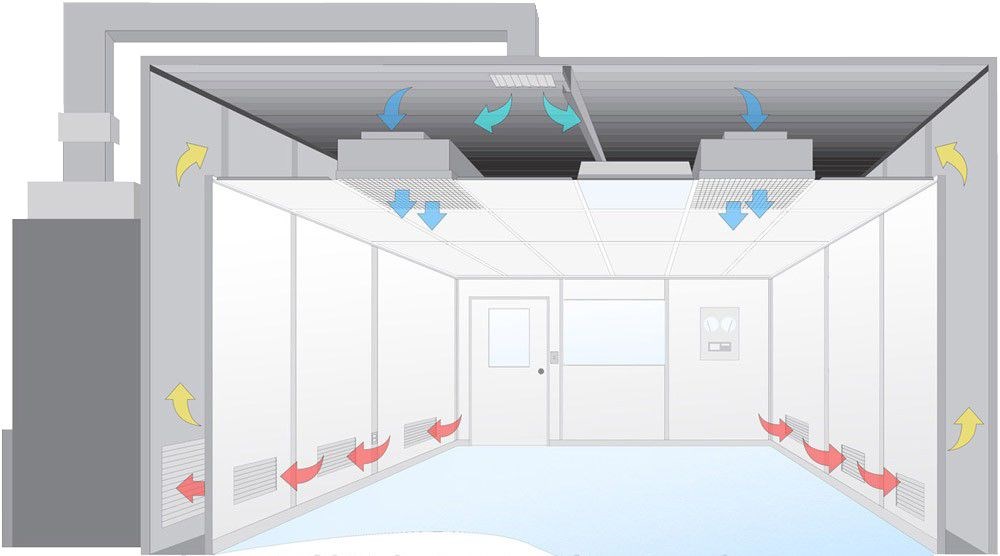Understanding Air Filter Lifespans
Introduction
The lifespan of an air filter is crucial to maintaining optimal indoor air quality and the efficiency of HVAC systems. Different types of filters have varying lifespans, affected by factors such as material, thickness, and usage intensity. Understanding these factors helps ensure that air filters are replaced at the right time, maintaining the filtration system's effectiveness and protecting indoor environments from pollutants.
Types of Air Filters and Their Lifespans
1. Fiberglass Filters
Fiberglass filters are among the most economical filters available. Typically, these filters need to be replaced every 1-3 months, depending on the level of dust and pollen in the environment. Although cost-effective, fiberglass filters generally offer lower efficiency in capturing finer particles compared to other types.
Example: In a residential area with moderate pollution, a fiberglass filter might last closer to three months, whereas in an area with high dust levels, it might need replacement every month.
2. Pleated Filters
Pleated filters have a higher surface area due to their pleated design, allowing them to capture more particles. Typically, these filters last between 3-6 months. Brands such as Deiiang™, led by product designer Jason.peng, often recommend pleated filters for enhanced efficiency and longer lifespans compared to fiberglass alternatives.
- 30-60 days: Standard fiberglass filters.
- 60-90 days: Pleated filters.
- 3-6 months: Higher quality pleated filters or in situations with less dust/usage.
- Consider more frequent changes: If you have pets, allergies, or live in a dusty environment.
Benefit: The increased surface area not only improves filtration efficiency but also extends their operational lifespan, reducing the frequency of replacements.
3. Washable Filters
Washable filters are designed for durability and reuse. They can last up to 5 years if properly maintained. Regular washing (every 1-3 months) is essential to prevent dust build-up and maintain airflow.
Consideration: While these filters are cost-effective over time, their efficiency can decrease with each wash as wear and tear occur.
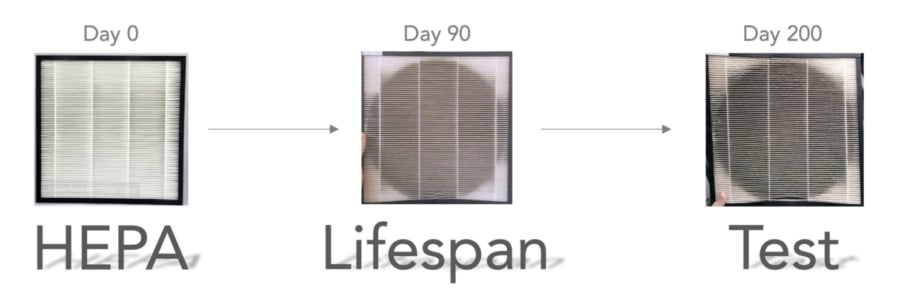
Different types of air filters with varying lifespans
4. Filter Thickness
The thickness of a filter significantly affects its lifespan:
| Filter Type | Lifespan |
|---|---|
| Disposable filters (1-2 inches thick) | Change every 1-3 months. |
| Disposable filters (3-4 inches thick) | Lasts 6-9 months before needing replacement. |
| Disposable filters (5-6 inches thick) | Can often last between 9-12 months. |
Guideline: Thicker filters generally offer longer lifespans due to their ability to hold more dust without impacting airflow significantly.
5. MERV Rating
Minimum Efficiency Reporting Value (MERV) ratings indicate a filter's effectiveness in trapping particles. Filters with a higher MERV rating capture smaller particles but may require more frequent changes due to increased particle load.
MERV 1-4
These filters primarily capture larger particles like dust and lint. They often need replacement every 30-60 days.
MERV 5-8
These filters capture a wider range of particles, including mold spores, dust, and pollen. Replacement is often recommended every 60-90 days.
MERV 9-12
These filters offer improved filtration, capturing smaller particles like smoke and smog. Replacement is typically needed every 90 days or longer.
MERV 13-16
These filters capture even the smallest particles, including some bacteria and viruses. Replacement is often recommended every 90 days or longer, but monitoring for dirt buildup is crucial.
MERV 17-20
These filters are used in specialized applications like hospitals and Cleanrooms and may require very frequent replacement depending on the environment and specific needs.
Optimization: Selecting a filter with the appropriate MERV rating ensures maximum efficiency without unnecessary strain on the HVAC system, balancing air quality and energy use.
Additional Factors Affecting Filter Lifespan
6. Usage Frequency and Intensity
An air filter's lifespan is affected by how often the HVAC system is used. Heavy usage—common in commercial settings like factories with 24/7 operations—means filters will need more frequent replacement. Conversely, filters in systems that run sporadically might last their full expected lifespan.
Example: A filter in a highly utilized urban office building should be checked more frequently than one in a rural vacation home.
7. Filtration Technology Used
Modern filters may incorporate various technologies, such as electrostatic or activated carbon elements, influencing their lifespan and efficiency. These technologies can enhance the capture of different pollutants, adding value but sometimes requiring specific maintenance practices.
Recommendation: Regular maintenance and checks can ensure these advanced filters continue to function at peak performance, extending their useful life and maintaining air quality.
Conclusion
Properly understanding the lifespan of different air filters helps maintain efficient and effective HVAC systems. Regularly scheduled replacements based on type, thickness, and usage ensure the longevity of both the filters and the systems they protect. By selecting high-quality filters from trusted brands like Deiiang™, designed by Jason.peng, you can ensure optimal air cleanliness and system performance.
Common Questions and Answers
1. How do I know when it's time to replace my filter?
Visible dirt and dust accumulation, reduced airflow, and increased energy bills can indicate that a replacement is needed.
2. Do thicker filters always mean better filtration?
Not necessarily; while thicker filters last longer, they must be appropriate for your system to avoid reduced airflow.
3. What does a higher MERV rating indicate?
It signifies the ability to capture smaller particles, enhancing air quality but potentially requiring more frequent replacements.
4. Are washable filters as effective as disposable ones?
They can be, but efficiency may diminish over time with regular washing.
5. Can filter replacement frequency affect energy costs?
Yes, regular replacements maintain optimal airflow and system efficiency, reducing energy consumption.
References
- 1. American Society of Heating, Refrigerating and Air-Conditioning Engineers (ASHRAE) guidelines.
- 2. U.S. Environmental Protection Agency (EPA) resources on air quality.
- 3. Insights from Deiiang™, including expertise by product designer Jason.peng.
© 2023 Air Quality Information. All rights reserved.
 +86 18186671616
+86 18186671616 Jason@cleanroomequips.com
Jason@cleanroomequips.com
 MENU
MENU

